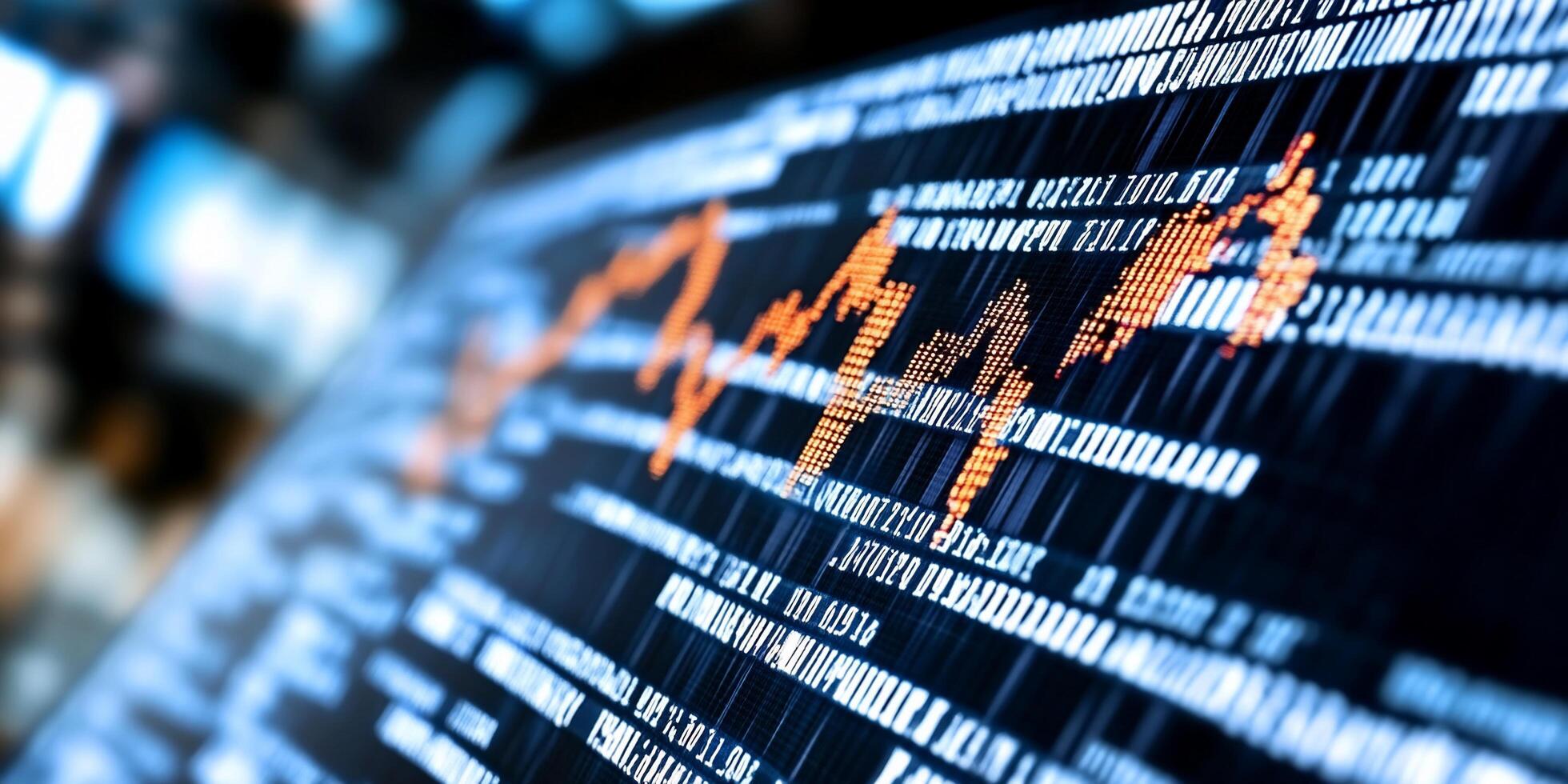Automated Forex Trading: Smart Strategies for 2025
Automated forex trading revolutionised the currency markets in 2025, blending cutting-edge technology with strategic precision to offer traders unparalleled speed, accuracy, and discipline. As global markets grow ever more complex and volatile, automation stands as a vital tool, one that both institutional and retail investors increasingly rely on to navigate foreign exchange trading efficiently.
By eliminating emotional biases and harnessing powerful algorithms, automated forex trading enables continuous market participation 24/7 with lightning-fast order execution. Brokers like Wisuno, IC Markets, and Pepperstone provide retail traders access to sophisticated automation tools once exclusive to hedge funds and proprietary desks.

What is Automated Forex Trading?
Automated forex trading uses software platforms programmed to execute trades based on predefined sets of rules and algorithms without manual intervention. These rules might cover indicators such as price action, volatility, trend direction, or fundamental news triggers.
By 2025, automated forex trading will increasingly leverage artificial intelligence (AI) and machine learning to optimise strategies dynamically. These systems monitor market conditions in real time, adjust parameters, and fine-tune trade timing while striving to maximise gains and minimise risk.
How Automated Forex Trading Works
At its core, automated forex trading involves coding specific entry and exit strategies into a trading robot or expert advisor (EA). These systems continuously analyse incoming data feeds from exchange prices to economic calendars to identify trading opportunities against their programmed criteria.
Advantages include:
Rapid Reaction: Automation can respond to market moves in milliseconds, far faster than humans.
Emotional Discipline: Eliminates impulsive decisions driven by fear or greed.
24/7 Trading: Enables global market participation around the clock without fatigue.
Backtesting: Traders can simulate strategies against historical data to refine rules before going live.
Cloud hosting and VPS (virtual private servers) help maintain continuous operation without connectivity interruptions.
Popular Automated Forex Trading Strategies in 2025
Several algorithmic strategies dominate the modern automated forex landscape:
1. Moving Average Crossover Algorithms
This trend-following robot detects when short-term moving averages cross long-term trends, signalling potential entry and exit points. Adaptive stops and volume filters increase accuracy.
2. Breakout Momentum Systems
Automated systems identify when the price goes above or below important support or resistance levels, and when there is enough volume and volatility, they trigger trades to take advantage of strong price movements.
3. Mean Reversion with Bollinger Bands
Targeting price extremes indicated by Bollinger Bands, these systems attempt to profit as prices revert to averages, adjusting threshold levels dynamically with market volatility.
4. RSI-Driven Momentum Strategies
Multi-time-frame Relative Strength Index (RSI) based algorithms identify high-probability reversals or continuation signals, tweaking RSI thresholds based on historical performance.
5. Neural Network Price Forecasting
Hybrid AI models combining Long Short-Term Memory (LSTM) and Convolutional Neural Networks (CNN) yield directional accuracy rates up to 96% on minute-level forex data, representing cutting-edge machine learning trading.
6. Statistical Arbitrage
These systems detect price divergences within correlated currency pairs or baskets, executing mean-reverting trades to exploit temporary inefficiencies.
Benefits of Automated Forex Trading
Consistency: Algorithms enforce strict adherence to tested strategies, avoiding human error.
Speed: Markets move quickly; automation ensures swift and error-free execution.
Scalability: Automation manages multiple strategies or pairs simultaneously.
Risk Control: Automated stops, limits, and position sizing guard against outsized losses.
Challenges and Risks
Automated systems depend heavily on quality programming and regular updates. Poorly designed algorithms may suffer from overfitting, performing well historically but poorly in changing markets. Technical failures, connectivity drops, and unforeseen market shocks can also lead to losses.
Human oversight remains a necessity to evaluate strategy effectiveness and respond to unusual market events.
Getting Started with Automated Forex Trading
Retail traders can start by selecting a reliable broker such as Wisuno that supports algorithmic trading via platforms like MetaTrader or cTrader. Many brokers offer built-in strategy testers and marketplace access to purchase or rent trading bots.
Testing systems extensively on demo accounts before committing live capital is a must. Combining automated trading with manual review and risk management builds resilience.
The Future of Automated Forex Trading
The integration of AI, cloud computing, and real-time big data analysis will continue refining automated forex trading. Quantum computing and deep machine learning may soon further revolutionise strategy optimisation and execution speeds.
Increasing regulatory focus on transparency and client protection ensures safer adoption.
Conclusion
Automated forex trading in 2025 represents the intersection of technology and finance, empowering UK and global traders to navigate turbulent markets with intelligence and speed. Platforms like Wisuno democratise access to professional-grade automation, making it an indispensable tool for modern forex trading. With careful strategy selection, thorough testing, and ongoing monitoring, automated forex trading can significantly enhance trading performance and efficiency.
Create An Unparalleled Trading Experience
At Wisuno, we deliver a secure, transparent, and innovative trading environment backed by trusted regulation, giving you confidence at every step.
Office 12, 3rd Floor, IMAD Complex, Ile Du Port, Mahe, Republic of Seychelles
support@wisunofx.com
